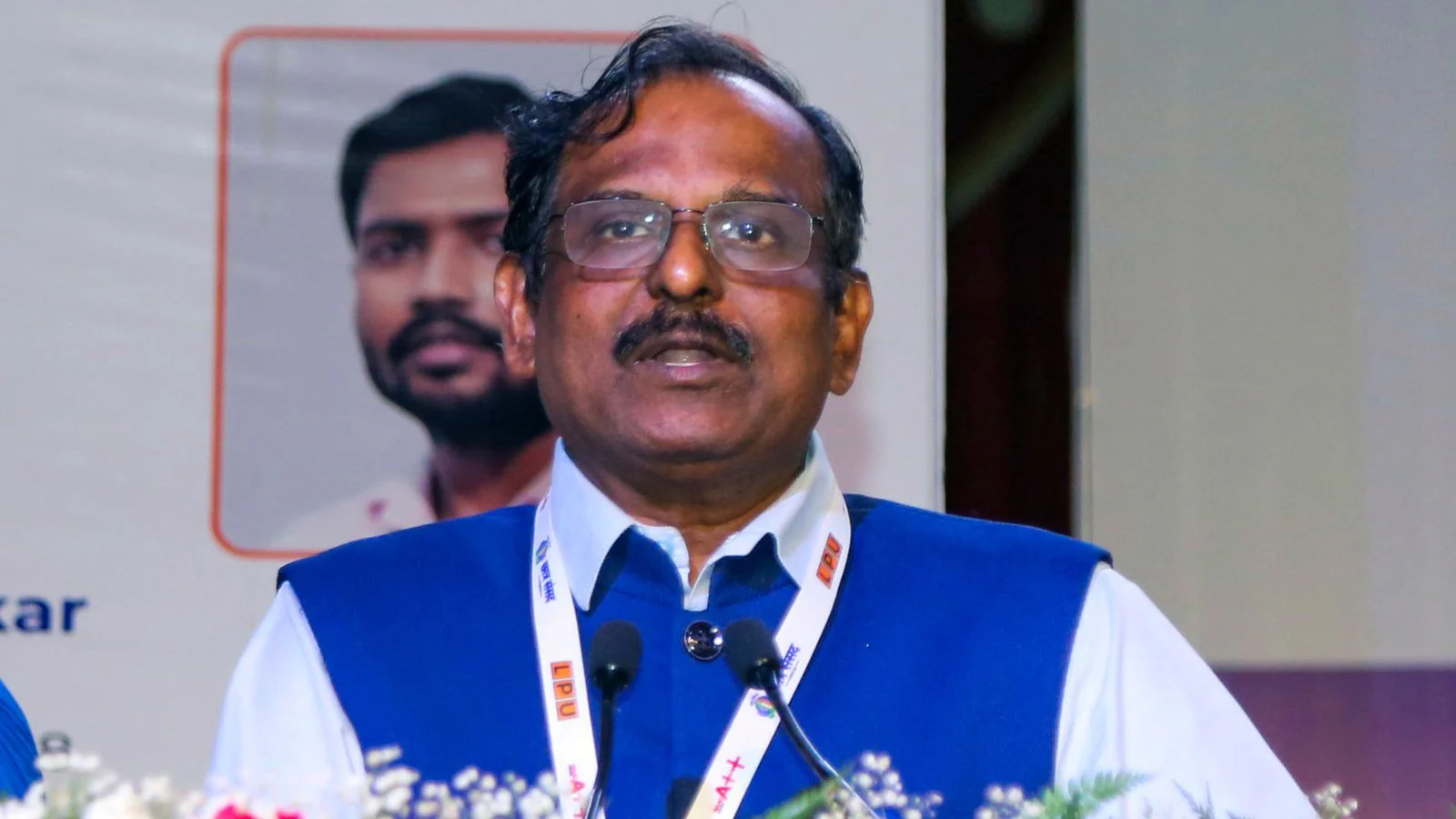By News18
With Indian pilot Group Captain Shubhanshu Shukla currently aboard the International Space Station, ISRO Chairman Dr V Narayanan said that while the spaceflight will certainly boost Shukla’s confidence and experience, it is the scientific research he will carry out in microgravity that holds immense significance.
The Axiom Mission-4, which lifted off from the Kennedy Space Centre in Florida on Wednesday noon, marks ISRO’s first-ever private spaceflight collaboration, with a total investment of Rs 550 crore. The 14-day mission, spearheaded by Axiom Space and NASA, has a four-member crew – one each from the US, India, Hungary and Poland – and marks the first visit of an Indian to the ISS.
“We sent Gaganyaan-astronaut designate Shukla to the ISS. Since the mission is led by another country, and given their expertise, we’re confident that he will return safely. The journey was just a little more than an aircraft travel. But the key question is: what is the scientific output?” he said, while addressing scientists during a virtual event on Thursday.
ISRO had shortlisted as many as seven experiments for Group Captain Shukla to conduct in microgravity during his 14-day mission.
“While the AX-4 will certainly boost Shukla’s confidence and experience, the real value lies in the seven scientific payloads. The experiments focus on how the muscle system behaves in microgravity, how seeds respond when exposed to such an environment, and how their yield characteristics change when grown back on Earth. These are truly interesting areas of study,” he emphasised.
The noted rocket scientist had remained stationed in the US until the technical issues delaying AX-4 were resolved, with the SpaceX Falcon 9 finally lifting off on 25 June.
CHANDRAYAAN-4: CHIEF URGES STRONGER FOCUS ON SCIENCE
The national space agency is also preparing for Chandrayaan-4, which plans to collect and bring back lunar samples. While the proposal has been approved by the Cabinet, work is underway to build the necessary infrastructure for the crucial mission. Earlier this year, ISRO also demonstrated in-space docking and undocking – a crucial capability for Chandrayaan-4, which will require two separate lift-offs.
“Everyone in India knows that Chandrayaan-3 soft-landed on the Moon, but how many of them know that it also helped in discovering minerals, and collected crucial data on the electronic cloud, seismic activity, and thermal profile of lunar soil? This knowledge needs to reach the village level. So, when we undertake Chandrayaan-4, the priority is not just bringing back a 300 kg lunar sample, but doing extensive experiments with it,” he said.
Highlighting ISRO’s major mission targets through 2040 – including the setting up of the Bhartiya Antariksh Station and a crewed mission to the Moon – the space agency chief urged scientists to focus more on developing robust and meaningful science experiments.
“This is not the India of 40 years ago. As space scientists, we must be able to justify the crores of rupees spent on our missions and on sending astronauts to space,” Dr V Narayanan continued. “Why are we setting up a space station? Until we conduct useful, meaningful research, we cannot justify it. A lot of science needs to happen – each experiment must be meticulously planned.”
The ISRO chief on Thursday announced the space agency’s flagship event – the 23rd National Science Symposium – to be organised at NESAC, Shillong, in February 2026.
